Categories: Featured Articles » Interesting electrical news
Number of views: 16949
Comments on the article: 0
What is nanoelectronics and how does it work
 The field of electronics engaged in the development of technological and physical foundations for the construction of integrated electronic circuits with element sizes less than 100 nanometers is called nanoelectronics. The term "nanoelectronics" itself reflects the transition from the microelectronics of modern semiconductors, where the sizes of elements are measured in units of micrometers, to smaller elements - with sizes of tens of nanometers.
The field of electronics engaged in the development of technological and physical foundations for the construction of integrated electronic circuits with element sizes less than 100 nanometers is called nanoelectronics. The term "nanoelectronics" itself reflects the transition from the microelectronics of modern semiconductors, where the sizes of elements are measured in units of micrometers, to smaller elements - with sizes of tens of nanometers.
With the transition to nanoscale, quantum effects begin to dominate in the schemes, revealing many new properties, and, accordingly, marking the prospects for their useful use. And if for microelectronics quantum effects often remained parasitic, because for example, with the decrease in the size of the transistor, the tunnel effect begins to interfere with its operation, then nanoelectronics, on the contrary, is called upon to use such effects as the basis for nanoheterostructured electronics.

Each of us uses electronics every day, and for sure many people already notice some definite trends. The memory in computers is increasing, processors are becoming more productive, the size of devices is decreasing. What is the reason for this?
First of all, with a change in the physical dimensions of the elements of microcircuits, from which all electronic devices are essentially built. Although the physics of processes remains approximately the same today, the sizes of devices are becoming smaller and smaller. A large semiconductor device operates more slowly and consumes more energy, and a nanotransistor - and works faster, and consumes less energy.
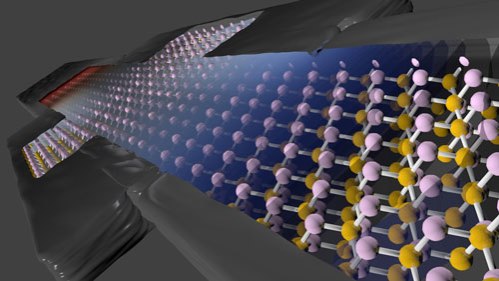
It is known that all material bodies are composed of atoms. And why don't electronics reach the atomic scale? This new field of electronics will allow to solve such problems that on a conventional silicon base just fundamentally impossible to solve.
Of great interest is graphene and similar monolayer materials (see article - Unexpected properties of familiar carbon) Such materials, one atom thick, have remarkable properties that can be combined to create various electronic circuits.
For example, technologies related to probe microscopy make it possible to construct various structures of individual atoms on the surface of a conductor in ultrahigh vacuum by simply rearranging them. What is not the basis for creating monatomic electronic devices?
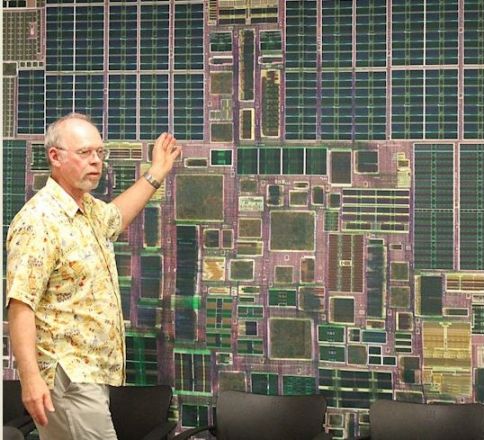
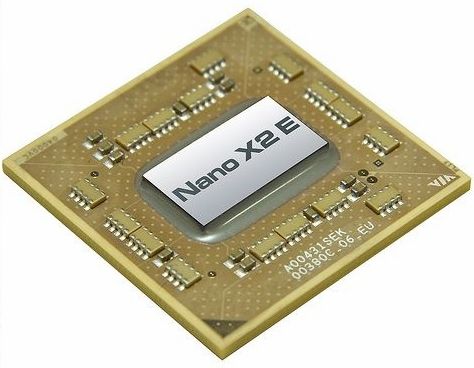
Manipulations of matter at the molecular level have already affected many industries, they have not bypassed electronics. Microprocessors and integrated circuits are built that way. Leading countries are investing in the further development of this technological path - so that the transition to the nanoscale takes place faster, wider, and improves further.
By the way, some successes have already been achieved. Intel in 2007 announced that a processor based on a structural element with a size of 45 nm was developed (introduced by VIA Nano) and the next step would be to reach 5 nm. IBM is going to achieve 9 nm thanks to graphene.
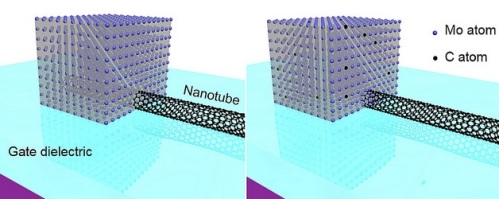
Carbon nanotubes (graphene) - One of the most promising nanomaterials for electronics. They allow not only reducing the size of transistors, but also giving the electronics truly revolutionary properties, both mechanical and optical. Nanotubes do not trap light, are mobile, preserve the electronic properties of circuits.
Especially creative optimists are already looking forward to creating portable computers that can be pulled out of a pocket like a newspaper, or worn in the form of a bracelet on one’s hand, and, if desired, can be expanded like a newspaper, and the whole computer will be like a folding high-resolution touch-screen paper thickness.
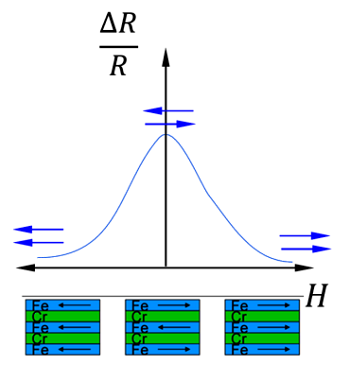
Another prospect for the application of nanotechnology and the use of nanomaterials is the development and creation of next-generation hard drives.In 2007, Albert Firth and Peter Grunberg received the Nobel Prize for the discovery of the quantum mechanical effect of ultrahigh magnetic resistance (GMR effect), when thin films of metal from alternating conductive and ferromagnetic layers significantly change their magnetic resistance with a change in the reciprocal direction of magnetization.
By controlling the magnetization of the structure with the help of an external magnetic field, it is possible to create so accurate magnetic field sensors and to carry out such accurate recording on the information carrier that its storage density will reach the atomic level.
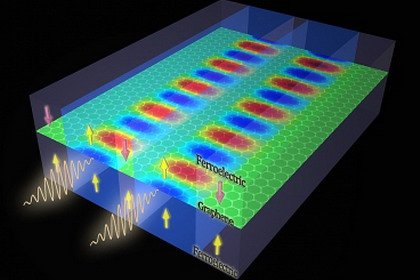
Nanoelectronics and plasmatronics have not bypassed. Collective vibrations of free electrons inside a metal have a characteristic plasmon resonance wavelength of about 400 nm (for a silver particle 50 nm in size). The development of nanoplasmonics, we can assume, began in 2000, when progress in improving the technology of creating nanoparticles accelerated.
It turned out that it is possible to transmit an electromagnetic wave along a chain of metal nanoparticles, exciting plasmon oscillations. Such a technology will make it possible to introduce logic circuits into computer technology that can work much faster and pass more information than traditional optical systems, and the size of the systems will be much smaller than the accepted optical ones.
The leaders in the field of nanoelectronics, and electronics in general, today are Taiwan, South Korea, Singapore, China, Germany, England and France.
The most modern electronics are manufactured in the USA today, and the most massive manufacturer of high-tech electronics is Taiwan, thanks to investments by Japanese and American companies.
China is a traditional leader in the field of budget electronics, but here the situation is gradually changing: cheap labor attracts investors from high-tech companies that plan to establish their nanoproduction in China.
Russia also has good potential. The base in the field of microwave, radiation structures, photodetectors, solar panels and power electronics allows, in principle, the creation of nanotechnology science cities and their development.
This potential requires economic conditions and organization for basic research and scientific development. Everything else is: the technological base, promising personnel and a qualified scientific environment. Only large investments are needed, and this often turns out to be the Achilles heel ...
One example of the application of nanotechnology:Nanoantennas for receiving solar energy
See also at bgv.electricianexp.com
:
